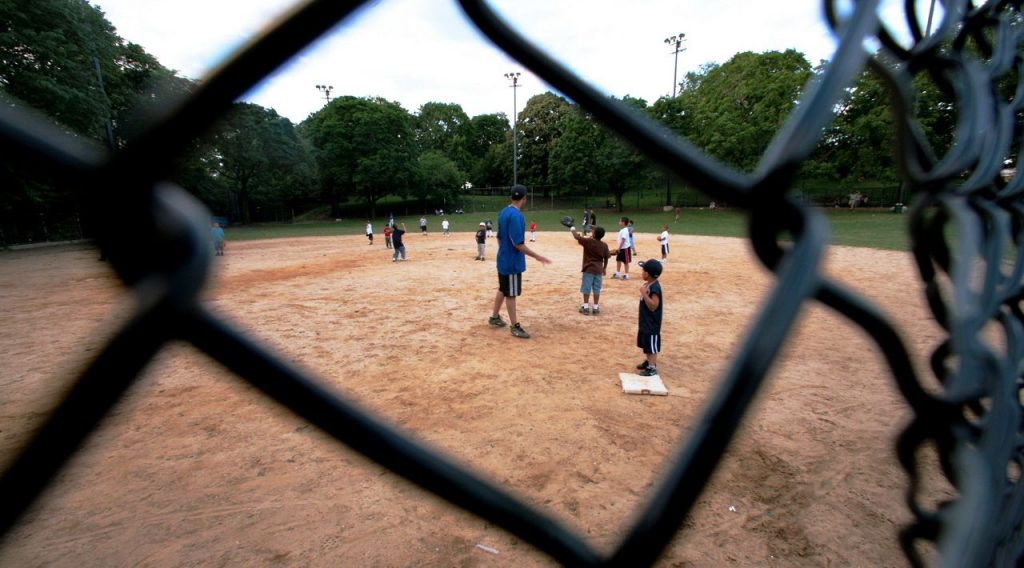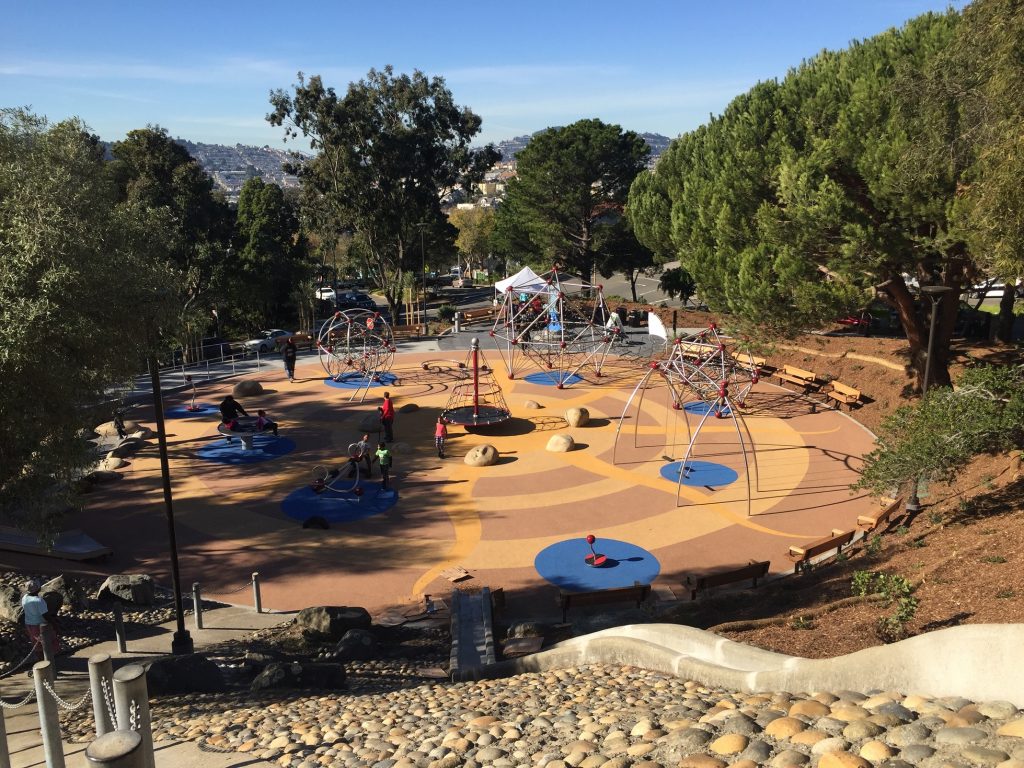Increasing park usage has been linked to a variety of benefits, including improved health and well-being. More people are getting outside each day to enjoy the beauty of nature, meet neighbors, and take part in other activities that benefit the community. As more people have smartphones and access to the internet, many people are becoming more isolated and lonely. The presence of parks offers an ideal setting for such social interaction, and it provides an opportunity for people to bond and share time together.
According to the survey, 93% of park visitors were male, while 57% were female. While perceptions of safety may impact park use, these perceptions were not related to actual activity. In this study, participants were asked about the number of hours they spent in each park, and the frequency of their activities. They were then asked whether they spent more time in particular areas. While the study sample consisted of only eight parks, it showed that the number of people participating in various activities was related to their level of physical activity and safety.
Other findings were consistent with the findings of previous studies

In addition to being connected to a healthier lifestyle, park recreation has been linked to increased aerobic activity. A new recreational area in a city was associated with a 25.6% increase in physical activity, and a 5.1 percent rise in aerobic capacity. Research has shown that park recreation can also improve mental health. When compared to uninformed people, those who spent time in parks had fewer health complaints.
Most parks in the U.S. do not offer supervised activities, which can be dangerous. In addition to organized sports, they also lack the amenities of gyms and athletic fields. However, these areas are a must for many communities because they provide a variety of recreational opportunities. A recent survey by the U.S. Department of Health found that 9% of park users were sedentary, whereas only 16% were engaging in vigorous activity. The percentage of supervised areas was 0.74 compared to that of unsupervised areas.
Nearby parks have more health benefits than the most popular types of outdoor activities
It’s also important for the community to get exercise, as exercise can lead to a better mental state. Several studies have shown that parks promote healthy living by increasing residents’ physical activity. In addition to physical health, regular physical activity can lower their risk of various diseases, including cardiovascular disease. It is also good for the environment. By reducing air pollution, parks improve the health of residents.
The location of parks is an important factor affecting people’s participation
In addition to providing a venue for physical activity, parks also contribute to better mental health. As a result, people who live in parks report higher levels of self-esteem and more positive health than those who live further away from them. Moreover, they report more frequent visits to their local park and are more active in their daily activities than in other places. They exercise more than they do at home and have less mental stress.



